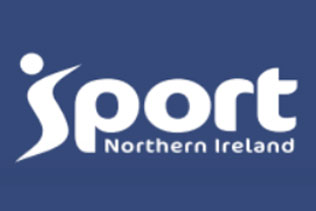Athletes wishing to start competing in para sport are required to undergo classification to confirm eligibility and be allocated a class to compete according to their activity limitation.
As the impact of an impairment varies across sports, each International Sport Federation develops its own sport specific classification system. Eligible athletes with similar impairments are grouped together into sport classes through a physical and sport specific technical evaluation carried out by a group of classifiers. Within each class, athletes may look different from their competitors. This is because there can be different types of impairment in the same category. However, these different impairments affect sport performance to a similar extent.
What physical impairments are considered eligible for Para Sport?
| Impairment | Impairment Description | Examples of an Underlying Health Condition that may lead to the impairment |
| Impaired muscle power | Reduced force generated by the contraction of a muscle or muscle groups | Spinal cord injury, muscular dystrophy, post-polio syndrome and spina bifida. |
| Impaired passive range of movement | Restriction or a lack of passive movement in one or more joints | Arthrogryposis and contracture resulting from chronic joint immobilisation or trauma affecting a joint |
| Limb deficiency | Total or partial absence of bones or joints as a consequence of trauma | Traumatic amputation, amputation due to bone cancer) or congenital limb deficiency (i.e. dysmelia) |
| Leg length difference | Difference in the length of the legs as a result of a disturbance of limb growth, or as a result of trauma | Leg length difference greater than 7 cm |
| Short stature | Reduced length in the bones of the upper limbs, lower limbs and/or trunk | Achondroplasia, growth hormone dysfunction, and osteogenesis imperfecta |
| Hypertonia | Increase in muscle tension and a reduced ability of a muscle to stretch caused by damage to the central nervous system | Cerebral palsy, traumatic brain injury and stroke |
| Ataxia | Uncoordinated movements caused by damage to the central nervous system. | Cerebral palsy, traumatic brain injury, stroke and multiple sclerosis. |
| Athetosis | Continual slow involuntary movements. | Cerebral palsy, traumatic brain injury and stroke |
What sports offer competition opportunities for athletes with physical impairments?
| Sports | |
| Archery | Shooting |
| Athletics | Sitting Volleyball* |
| Badminton | Swimming |
| Boccia | Table Tennis |
| Canoe | Taekwondo |
| Cycling | Triathlon |
| Equestrian | Wheelchair Basketball |
| Powerlifting | Wheelchair Fencing* |
| Rowing | Wheelchair Rugby |
*Currently limited programs offered in Ireland
What are Minimum Impairment Criteria (MIC)?
Minimum impairment criteria describe how severe an impairment must be for an athlete to be considered eligible for a sport. Therefore, having an eligible impairment is not enough to compete in Para sport.
Classifiers evaluate athletes’ activity limitation through a sport and impairment specific physical and technical assessment to firstly ensure athletes meet the MIC. Athletes are then allocated a class to compete.
How to apply for national classification?
To be eligible to apply for national classification athletes must fulfil the sport specific criteria listed on each Para sport page.
Athletes who fulfil the criteria should have the Medical Diagnostics Form completed and submitted to classification@paralympics.ie.
Athletes who do not meet the list of criteria above may still be evaluated by the classifiers by prior arrangement. However, he/she will only receive a provisional class in order to facilitate them to compete this year.








